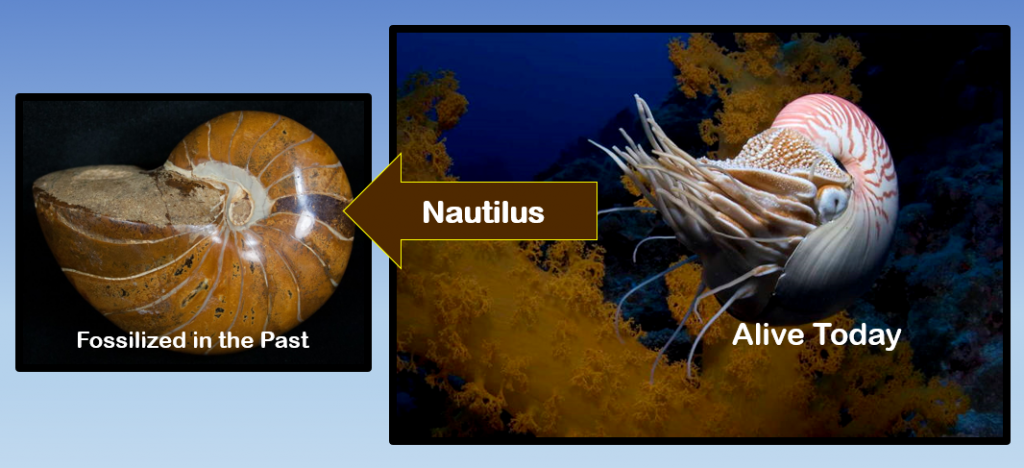
Living fossils have remained relatively unchanged for billions of years. Thousands of common animals are found fossilized: fish, crabs, shrimp, clams, squid, crocodiles, and many others. These animal families are notably alive and well! The nautilus is related to ammonites and remains very similar in appearance today-1. Naturalists propose that these life forms are distant relatives- some claim they should not be considered the same kind by reasoning that the first supposed natilus were cone shaped. But this is speculation.
Many such life forms, evidenced by the fossil record, have remained virtually unchanged over supposed millions and millions of years. Some were once believed extinct (such as the Coelacanth fish) but were later found alive. These are major challenges for the theory of evolution. The theory is that needs things to change– needs organisms to evolve. Why are most (99%) fossilized creatures alive today virtually unchanged? Look at the horseshoe crab– back to the distant Cambrian layer (541 million years ago), yet they are still in stasis. Isn’t the concept of the descent of life by evolution the opposite of what we observe?
Naturalistic criteria for “living fossils” as a scientific concept or criteria used to designate living fossils:
• Prolonged geological duration (found in many layers of geologic ‘time’)
• Slow ‘evolutionary’ change (speciation only)
• Gross similarity to an ancestral fossil (little to no change over presumed vast periods of time)
• Very low taxonomic richness today compared to the past (vastly similar– in “stasis”)
• Relic geographic range compared to the past (animal still lives in the same area where fossils are found)
• Phylogenetic (species unique diversification) inference of specific characters as plesiomorphic (‘primitive’ unique diversification)
• Phylogenetic inference of a genealogical divergence between other groups that diverged (assumed and not necessarily observed in the fossil record) in the supposed distant past.
Note: ‘quotations’ and (parenthesis) are mine–these are the naturalistic classification guidelines for which specimens directly can be called a “living fossil”. The idea is to keep these as few as possible for obvious reasons.
The naturalistic categorization is carefully organized as to NOT find many “living fossils”. Why? Evidence of both fossils and life today reveals a remarkable stasis in all life forms. While stasis alone does not disprove the theory for universal common ancestry (“evolution”), the reality of the physical evidence certainly greatly weakens it.
Living fossils: contentious but necessary? Whether it is horseshoe crabs, coelacanths, or gingko trees, taxa that allegedly display extraordinary levels of morphological stasis over geological time have called out for a special explanation since Darwin (Lidgard and Hopkins 2015).
https://academic.oup.com/bioscience/article/68/10/760/5065827
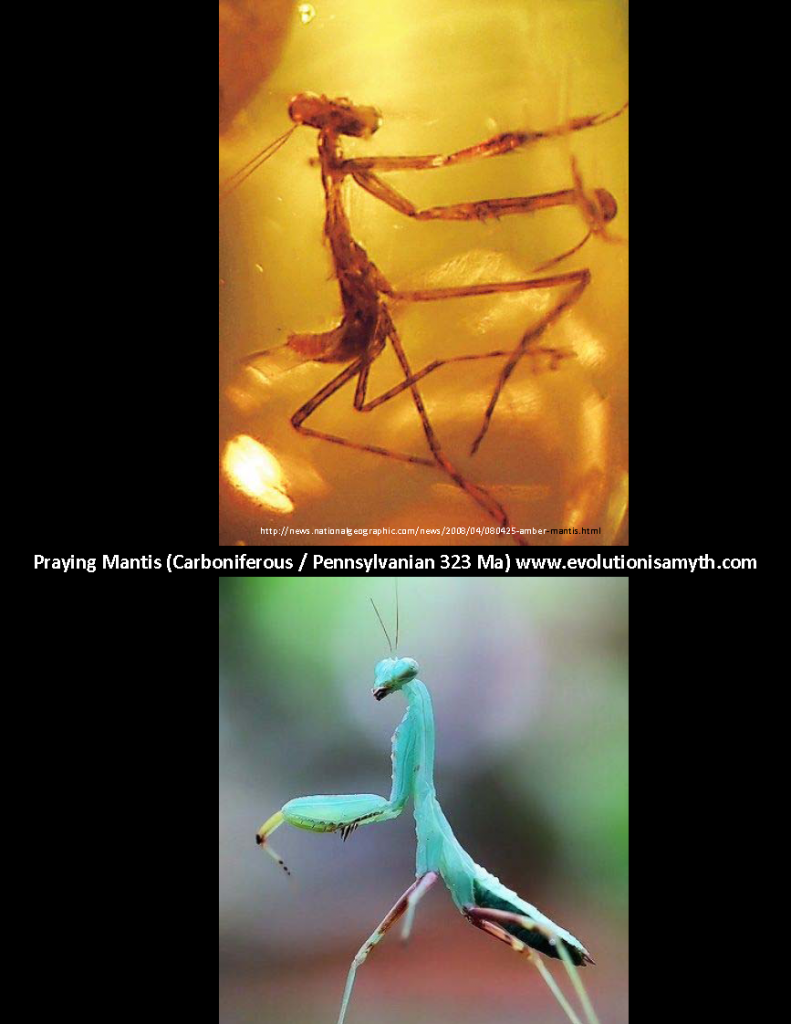
Viewing extinct and extant representatives of these lineages side by side provokes an immediate judgment of similarity, regardless of whether it is justified. Why have these constellations of characters persisted for so long?”
https://academic.oup.com/bioscience/article/68/10/760/5065827
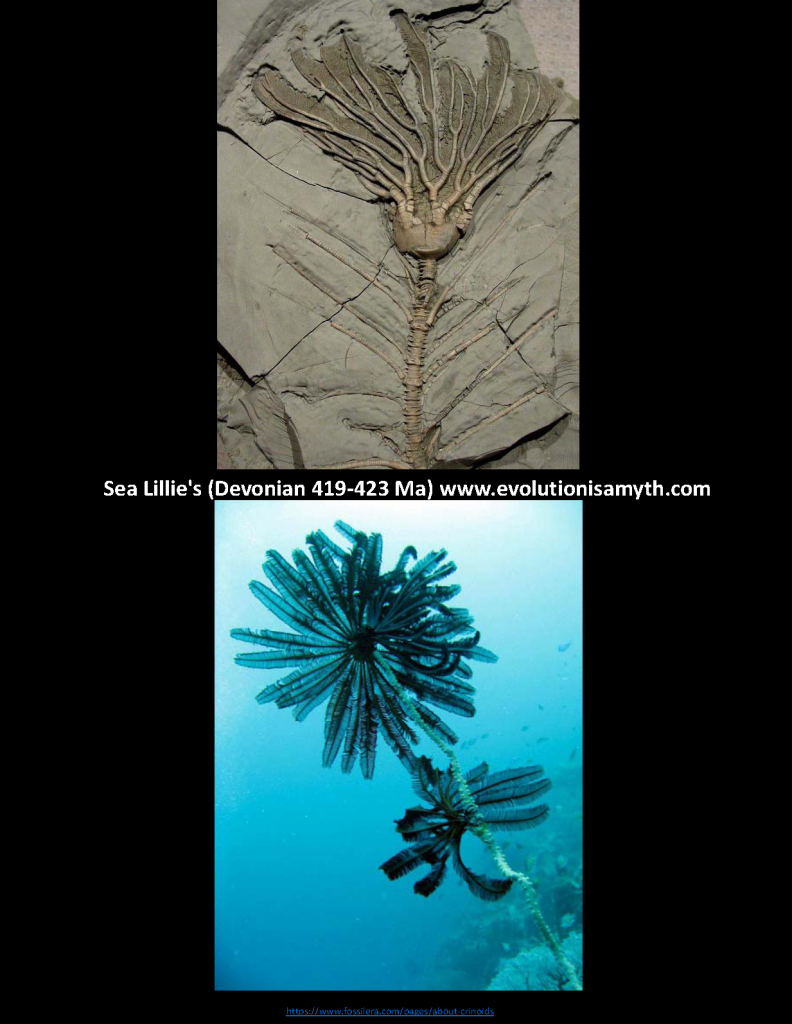
Many seeming mysterious looking marine animals that are found fossilized are also alive today in stasis–nearly identical to those thought to being hundreds of millions of years old.
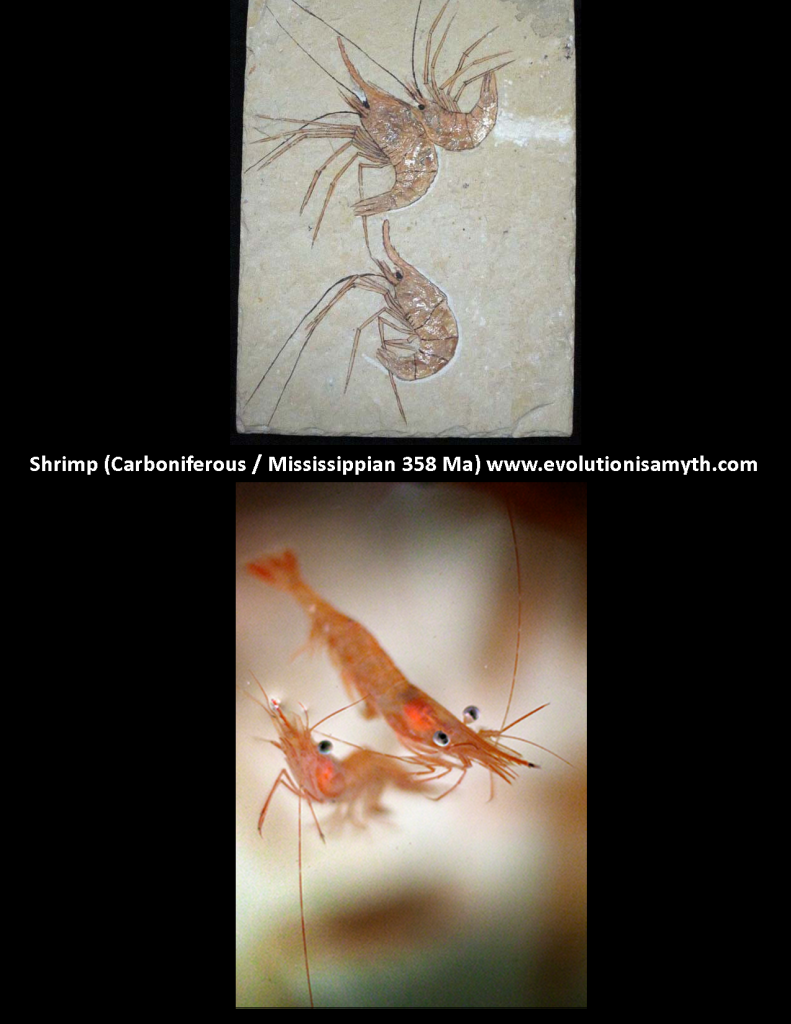
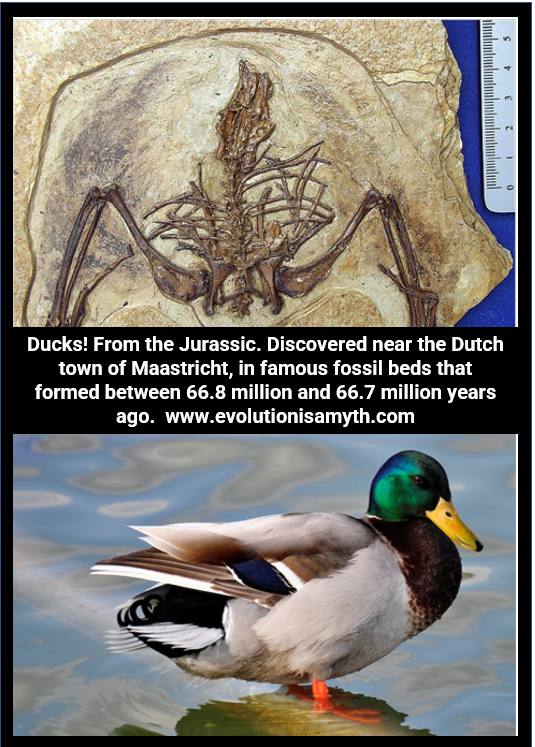
Birds are ancestors of dinosaurs? Strange because many birds lived right along with dinosaurs, including ducks!
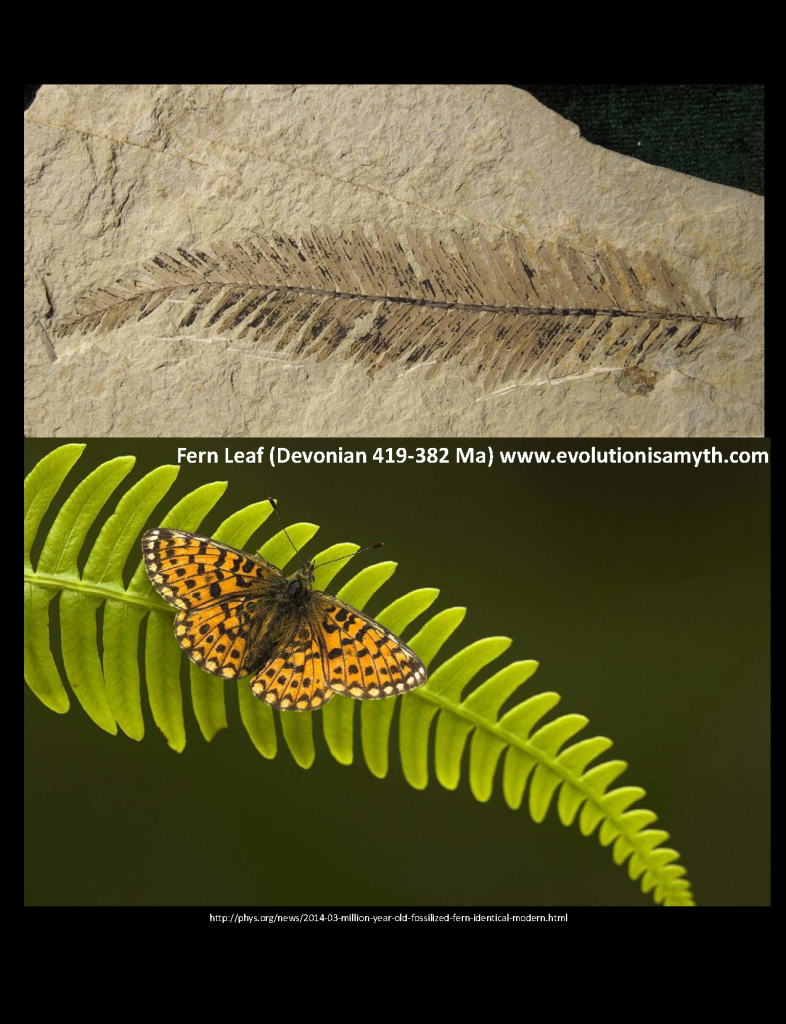
Our aim…is to rethink the concept of a living fossils in a way that takes seriously both its routine use across disparate research questions in biology and the worries about its misleading inferences (such as creationists use of such data) in order to create new paths for productive research that yield a more unified theoretical outlook. We first highlight the value of thinking in terms of parts (characters) and wholes (typically, organisms or lineages) to better understand stasis. Then, we move beyond concerns that concentrate on categorizing living fossils.”
https://academic.oup.com/bioscience/article/68/10/760/5065827
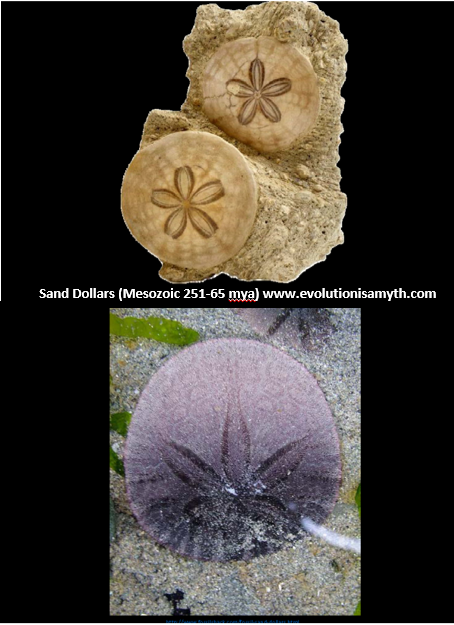
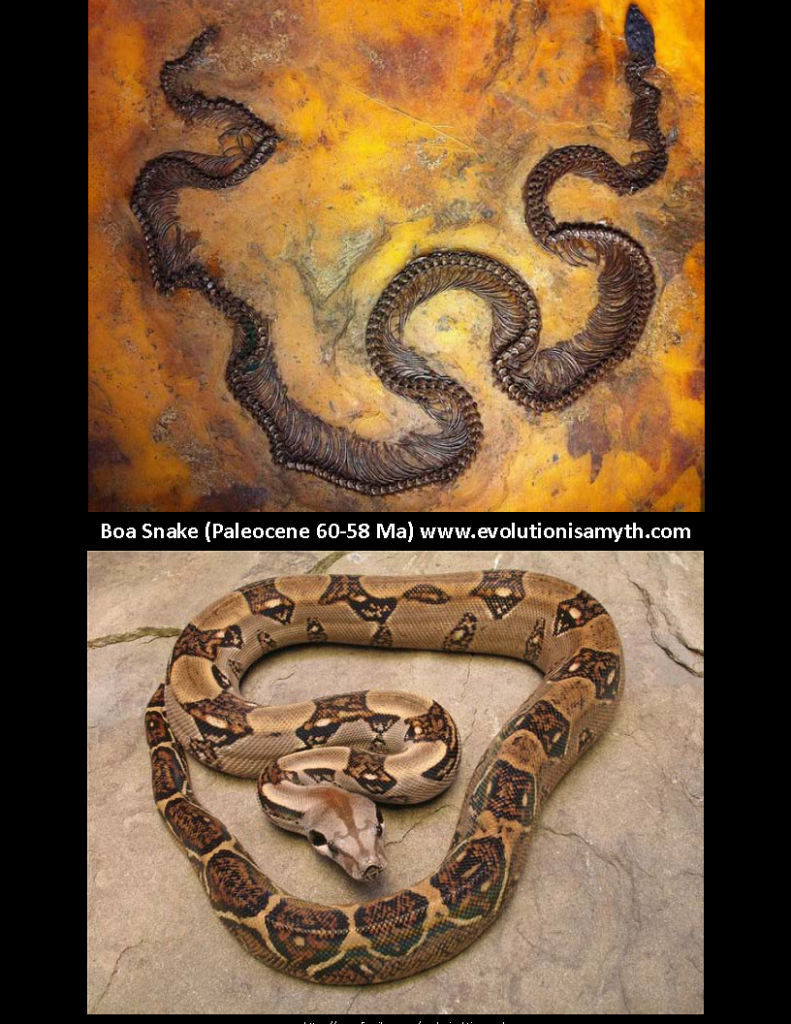
‘Yet, Stephen J Gould—the now deceased professor of paleontology from Harvard University and the American Museum are hard to contradict when they say there are no transitional fossils. … You say that I should at least “show a photo of the fossil from which each type of organism was derived.” I will lay it on the line—there is not one such fossil for which one could make a watertight argument.’ [Emphasis added]. -2
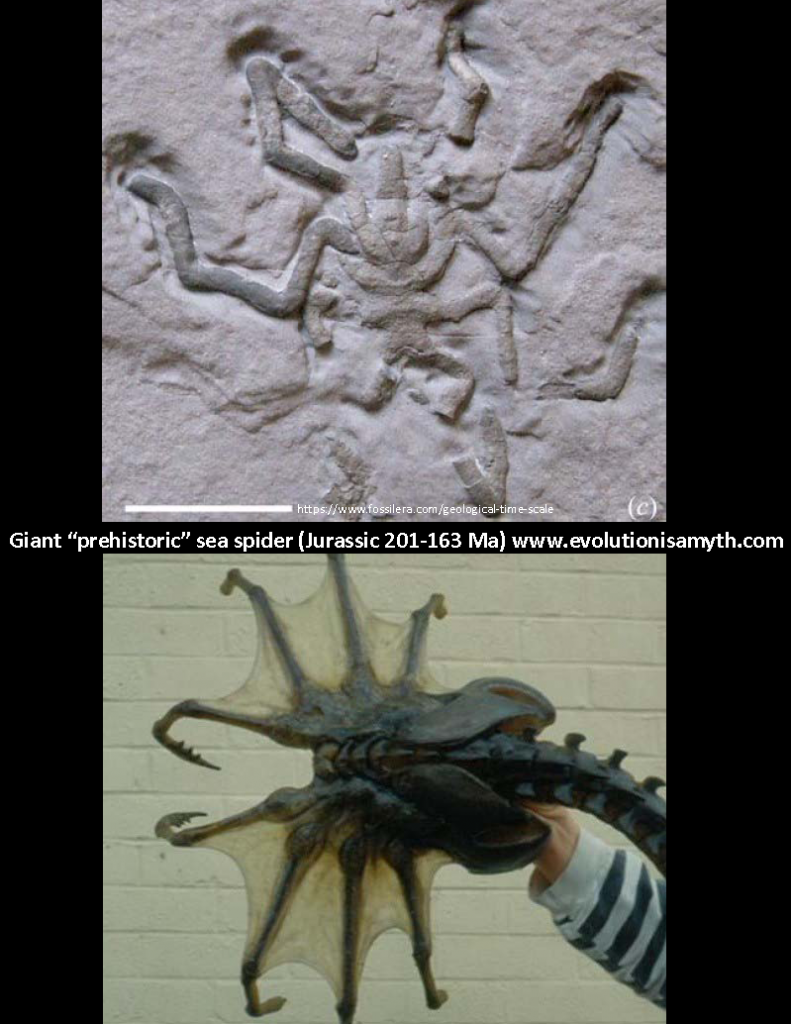
What needs to be specified (is) to understand how the living fossil concept plays the role of delineating what is in need of explanation and structuring a research program around different factors that are associated with long-term stasis“
https://academic.oup.com/bioscience/article/68/10/760/5065827
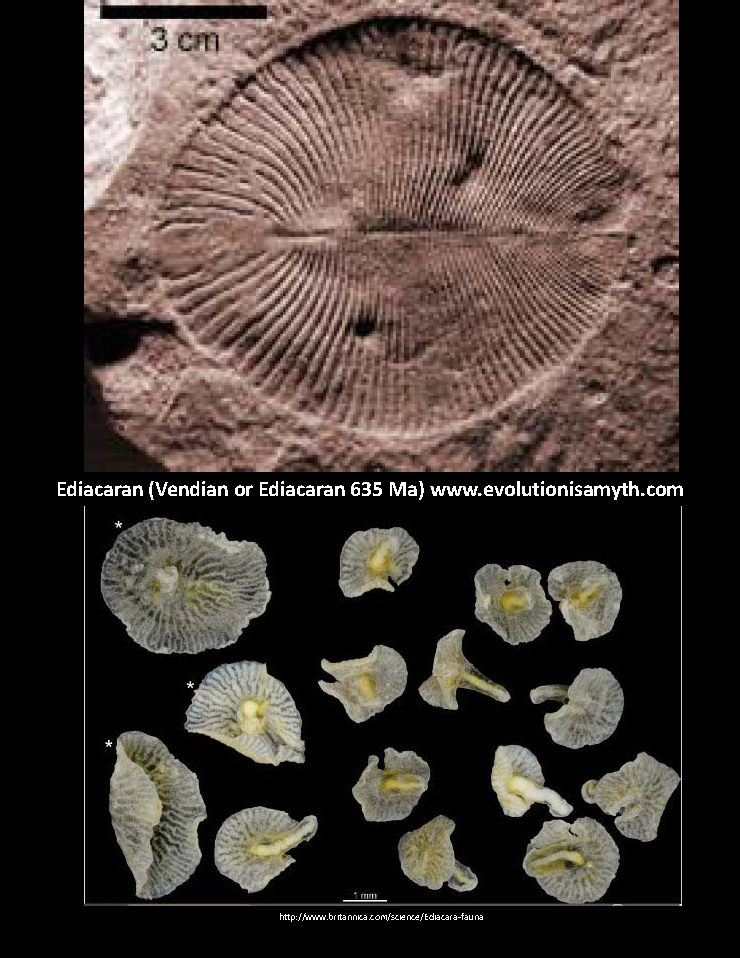
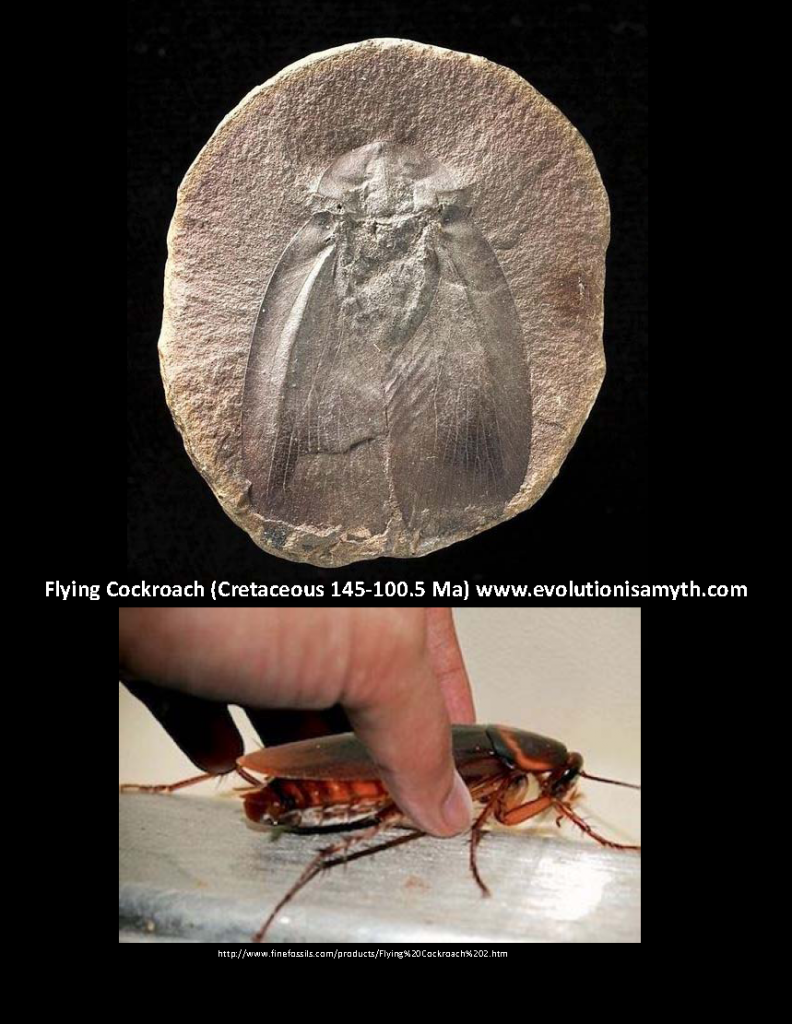
Should we expect very long-lived lineages to be common or rare, morphologically distant or average compared to related lineages?”
https://academic.oup.com/bioscience/article/68/10/760/5065827
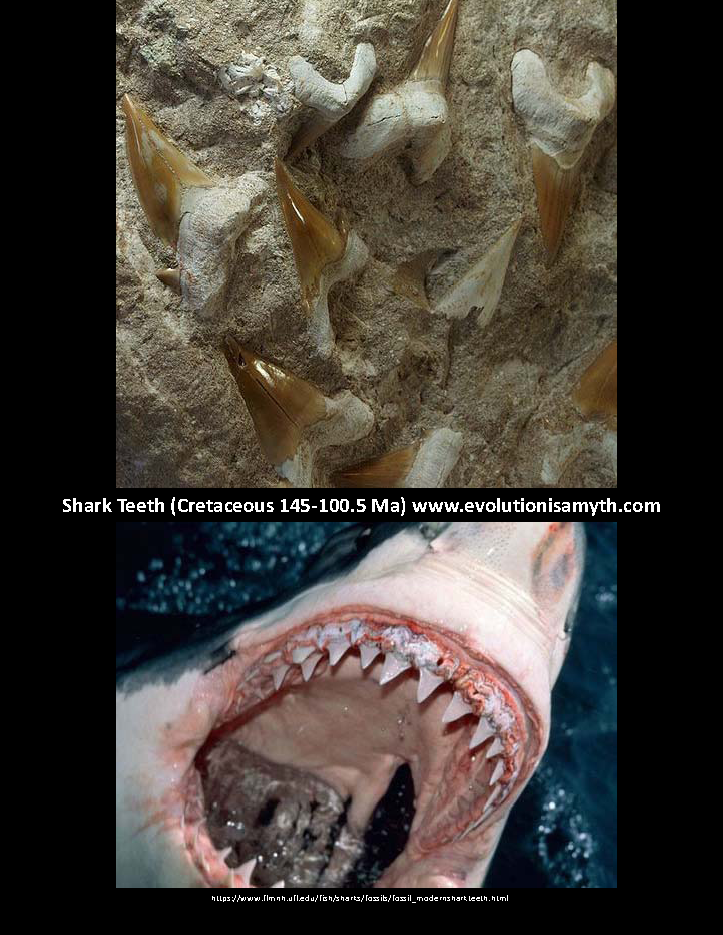
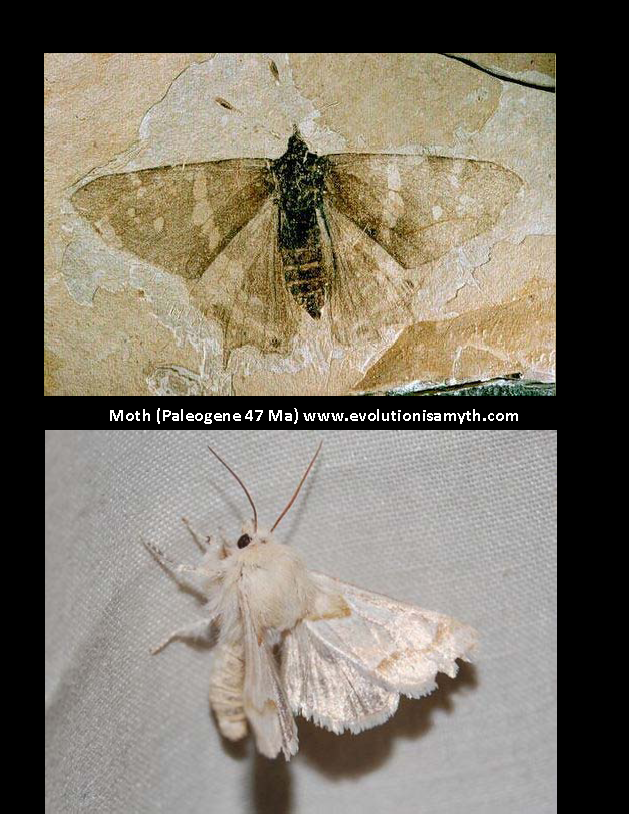
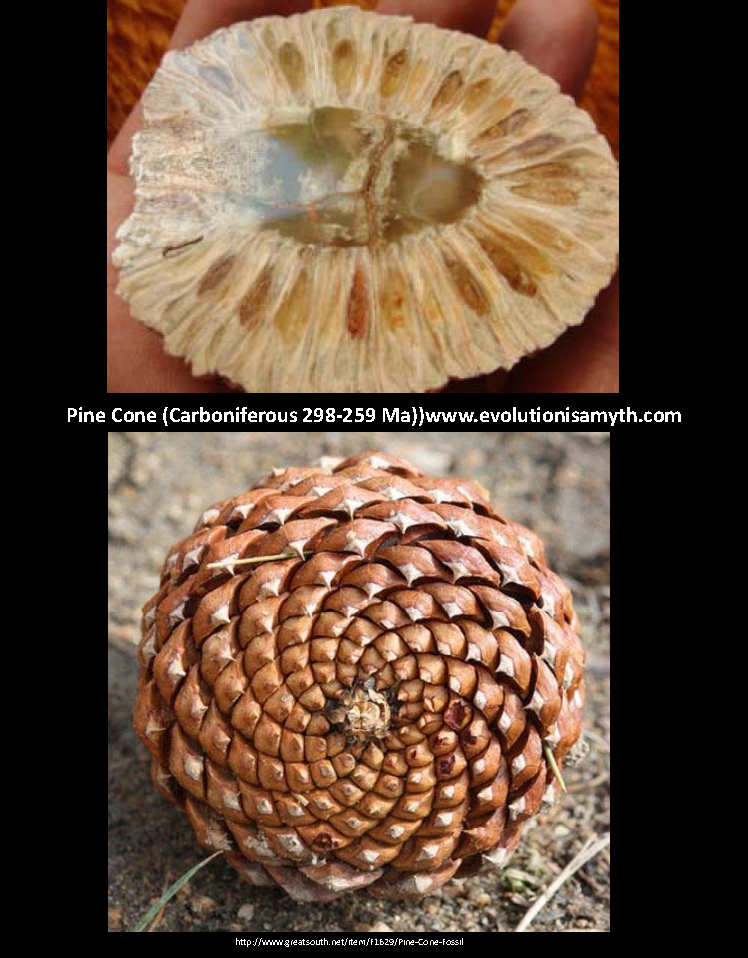
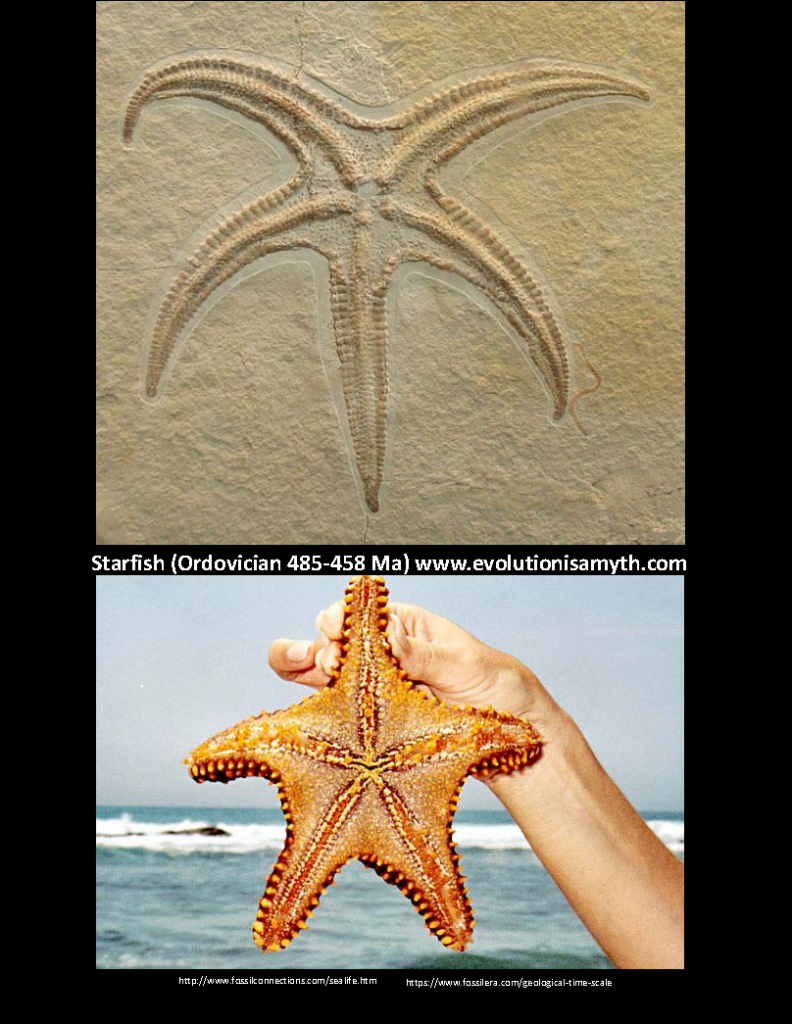
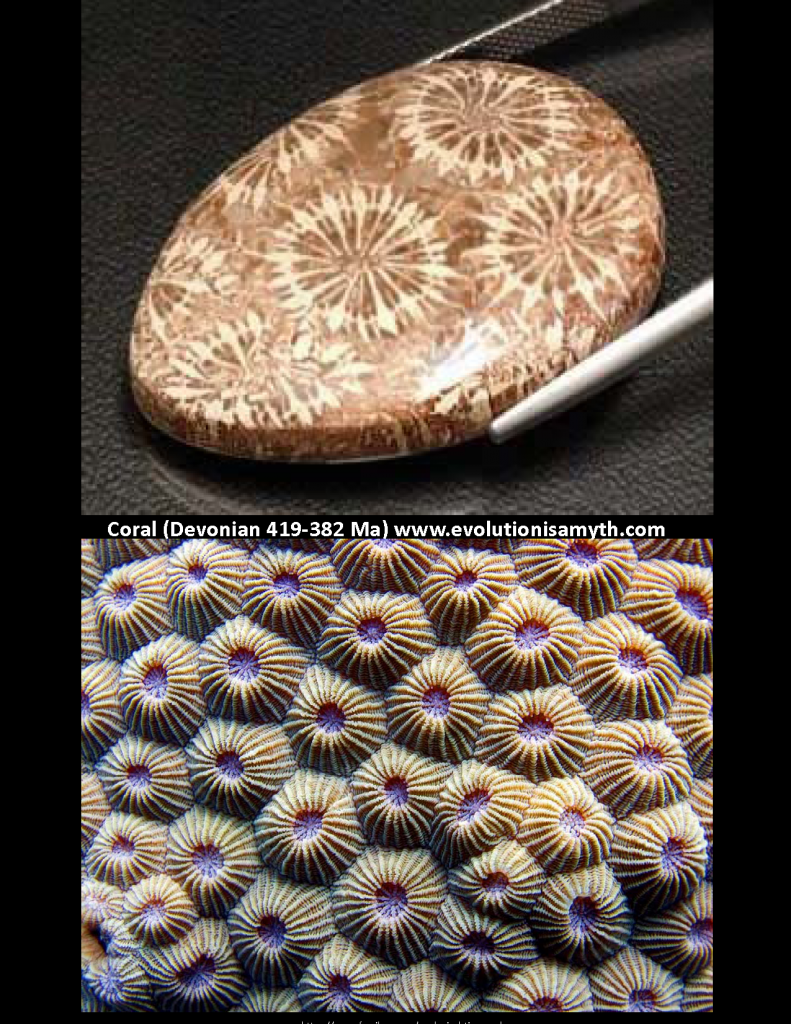
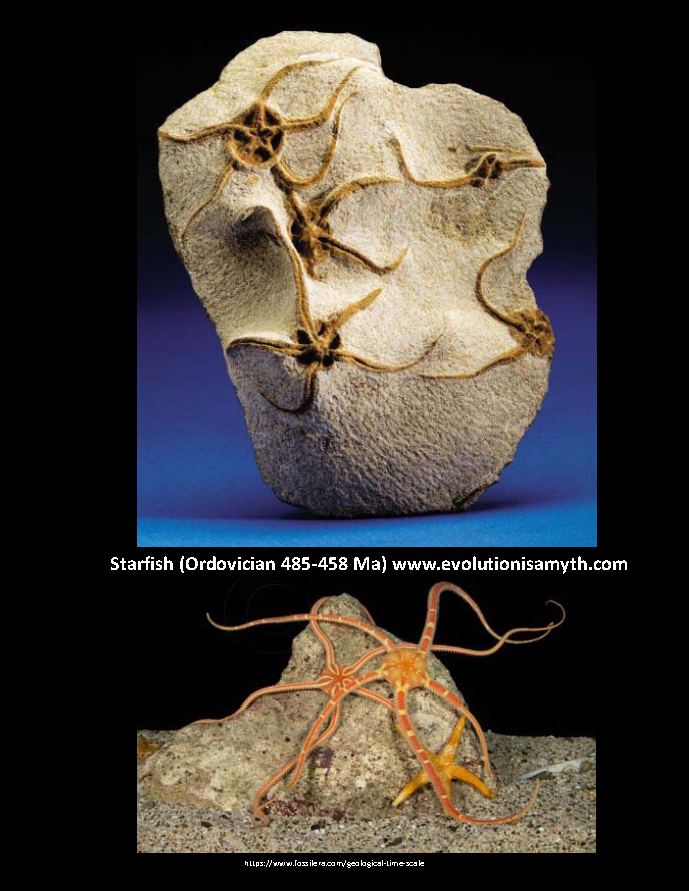
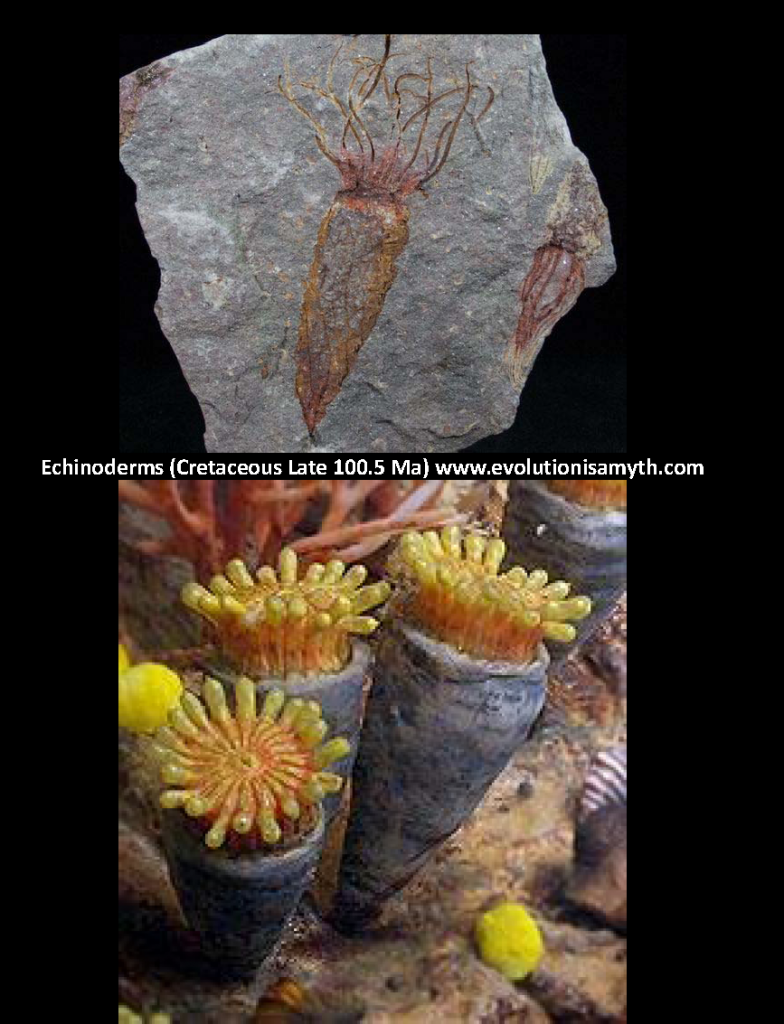
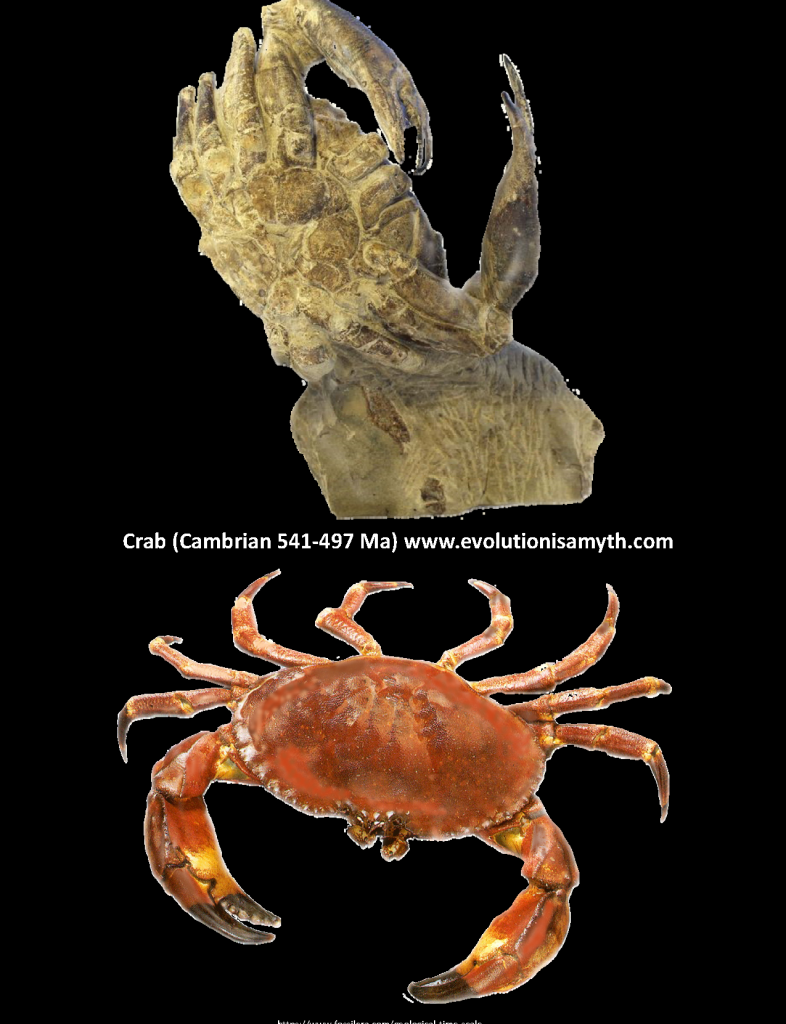
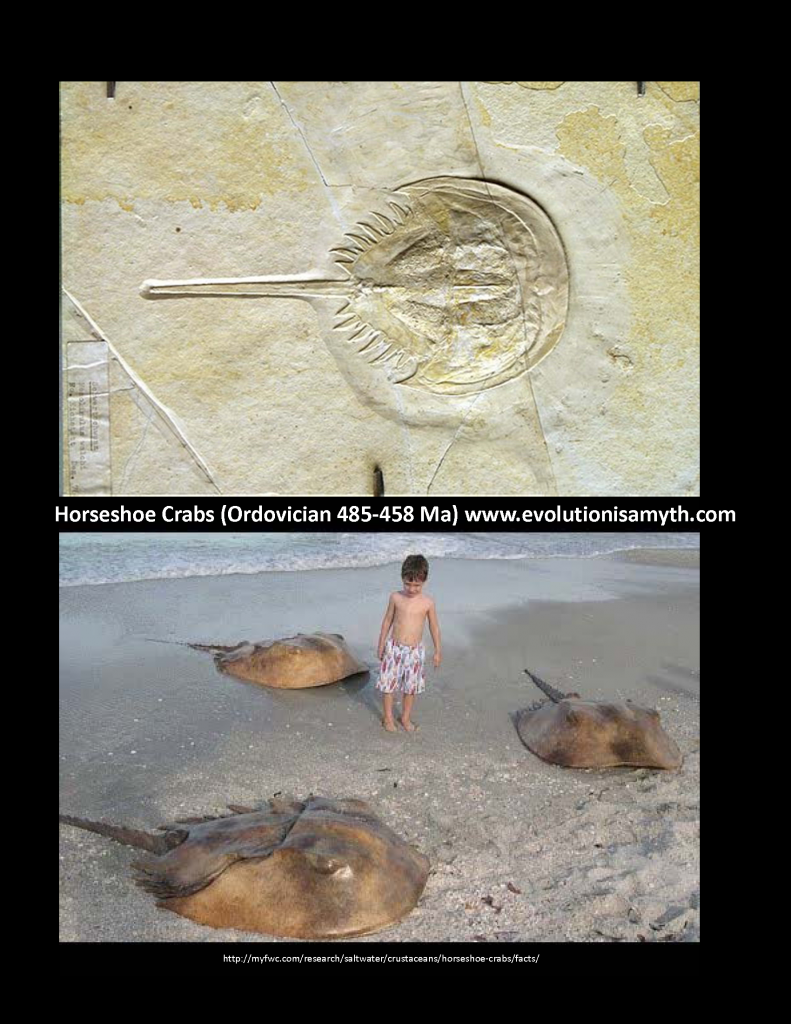
In summary, different disciplinary perspectives, data, and methods can be integrated within an organized structure of problems to achieve more comprehensive and unified answers to questions about slow or negligible rates of evolutionary change—stasis—for diverse kinds of parts and wholes in living systems.”
https://academic.oup.com/bioscience/article/68/10/760/5065827
Sources:
2- Sunderland, L., Darwin’s Enigma, Master Books, Arkansas, USA, pp. 101–102, 1998. Patterson’s letter was written in 1979.


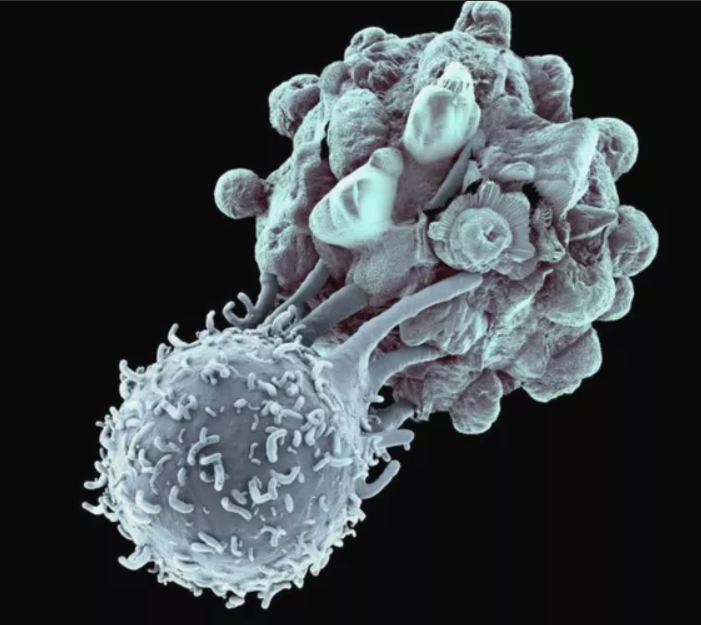
[…] living fossils for more information on fossils still alive and well […]
[…] layers of the Cambrian where animals such as the horseshoe crab which is alive and well today as a living fossil: still relatively […]